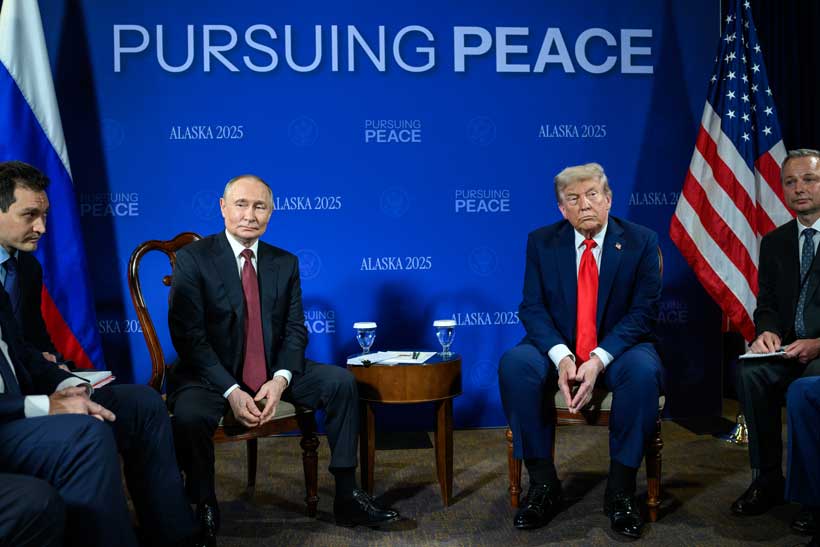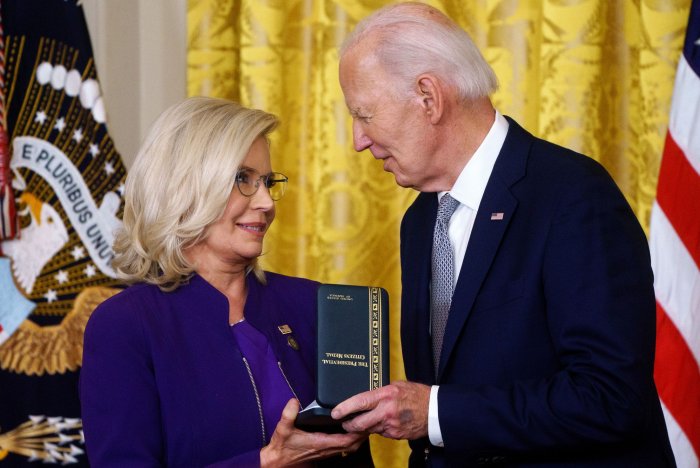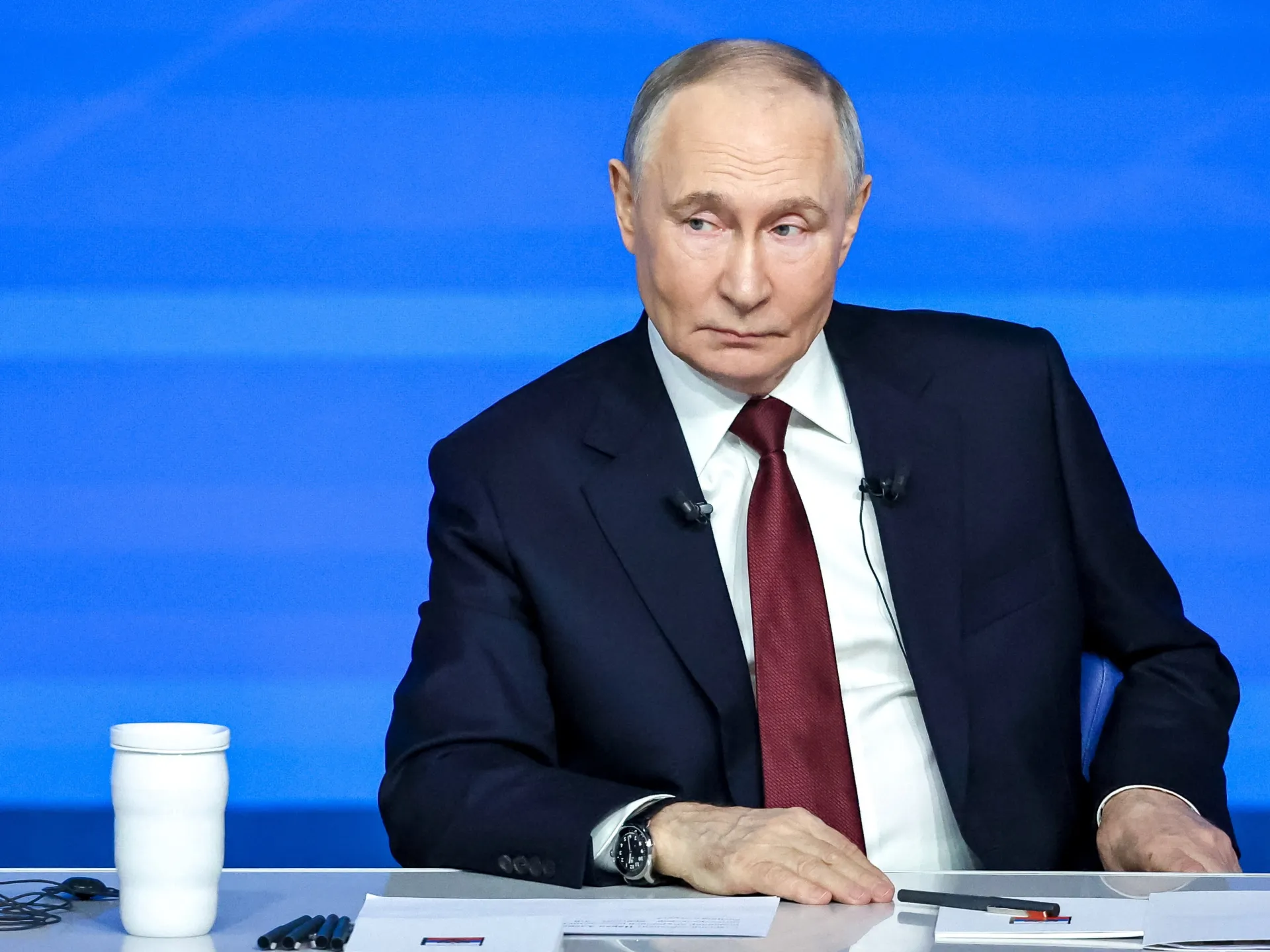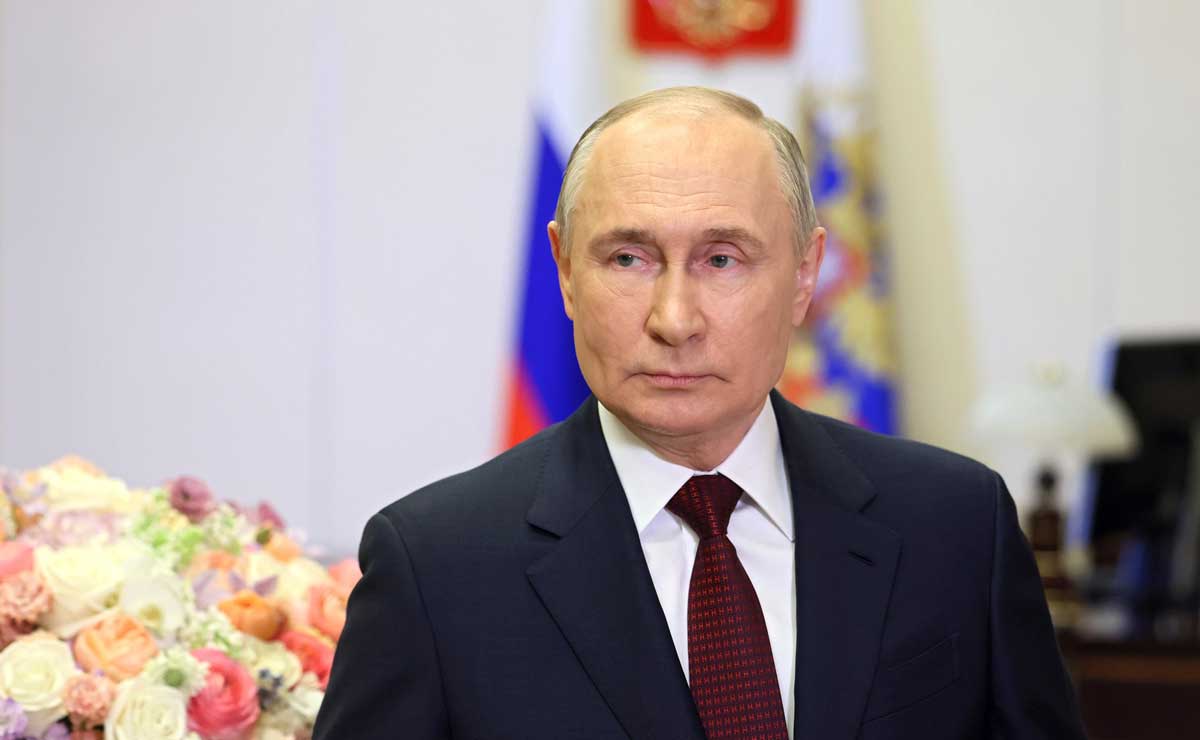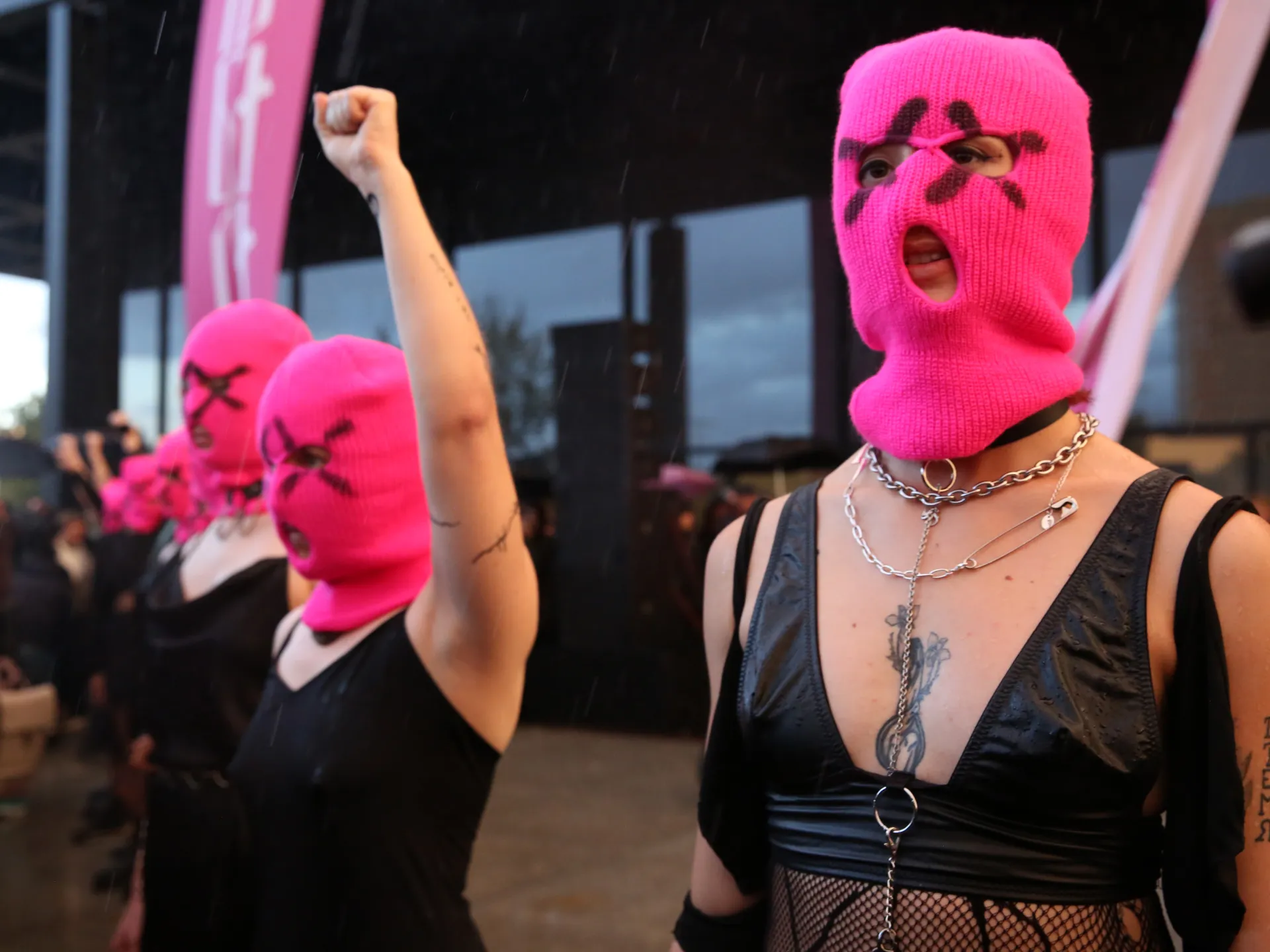A Moscow district court has designated Russian punk protest band Pussy Riot as an extremist organisation, according to the state TASS news agency.
The exiled group’s lawyer, Leonid Solovyov, told TASS that Monday’s court ruling was made in response to claims brought by the Russian Prosecutor General’s Office and that the band plans to appeal. According to TASS, the case was heard in a closed session at the request of the Prosecutor General’s Office.
Recommended Stories
list of 4 itemsend of list
The court said that it had upheld prosecution submissions “to recognise the punk band Pussy Riot as an extremist organisation and ban its activities on the territory of the Russian Federation”, the AFP news agency reports.
An official Pussy Riot social media account shared a statement, responding defiantly to the ruling, saying the band’s members, who have lived in exile for years, were “freer than those who try to silence us”.
“We can say what I think about putin — that he is an aging sociopath spreading his venom around the world like cancer,” the statement said.
“In today’s Russia, telling the truth is extremism. So be it – we’re proud extremists, then.”
The group’s designation will make it easier for the authorities to go after the band’s supporters in Russia or people who have worked with them in the past.
“This court order is designed to erase the very existence of Pussy Riot from the minds of Russians,” the band said. “Owning a balaclava, having our song on your computer, or liking one of our posts could lead to prison time.”
According to TASS, earlier reports said that the Prosecutor General’s Office had brought the case over Pussy Riot’s previous actions, including at Christ the Saviour Cathedral in February 2012, and the World Cup Final in Moscow in 2018.
The band’s members have already served sentences for the 2012 protest at the cathedral in Moscow, where they played what they called a punk prayer, “Mother of God, Cast Putin Out!”
Nadezhda Tolokonnikova and Maria Alyokhina, who were jailed for two years on hooliganism charges over the cathedral protest, were released as part of a 2013 amnesty, which extended to some 26,000 people facing prosecution from Russian authorities, including 30 Greenpeace crew members.
In September, a Russian court handed jail terms to five people linked with Pussy Riot – Maria Alyokhina, Taso Pletner, Olga Borisova, Diana Burkot and Alina Petrova – after finding them guilty of spreading “false information” about the Russian military, news outlet Mediazona reported. All have said the charges against them are politically motivated.
Mediazona was founded by Alyokhina alongside fellow band member Tolokonnikova.
The news outlet says that it is continuing to maintain a verified list of Russian military deaths in Moscow’s war on Ukraine.
“We have confirmed 153,000 names, each supported by evidence, context, and documentation,” Mediazona said on Monday.
